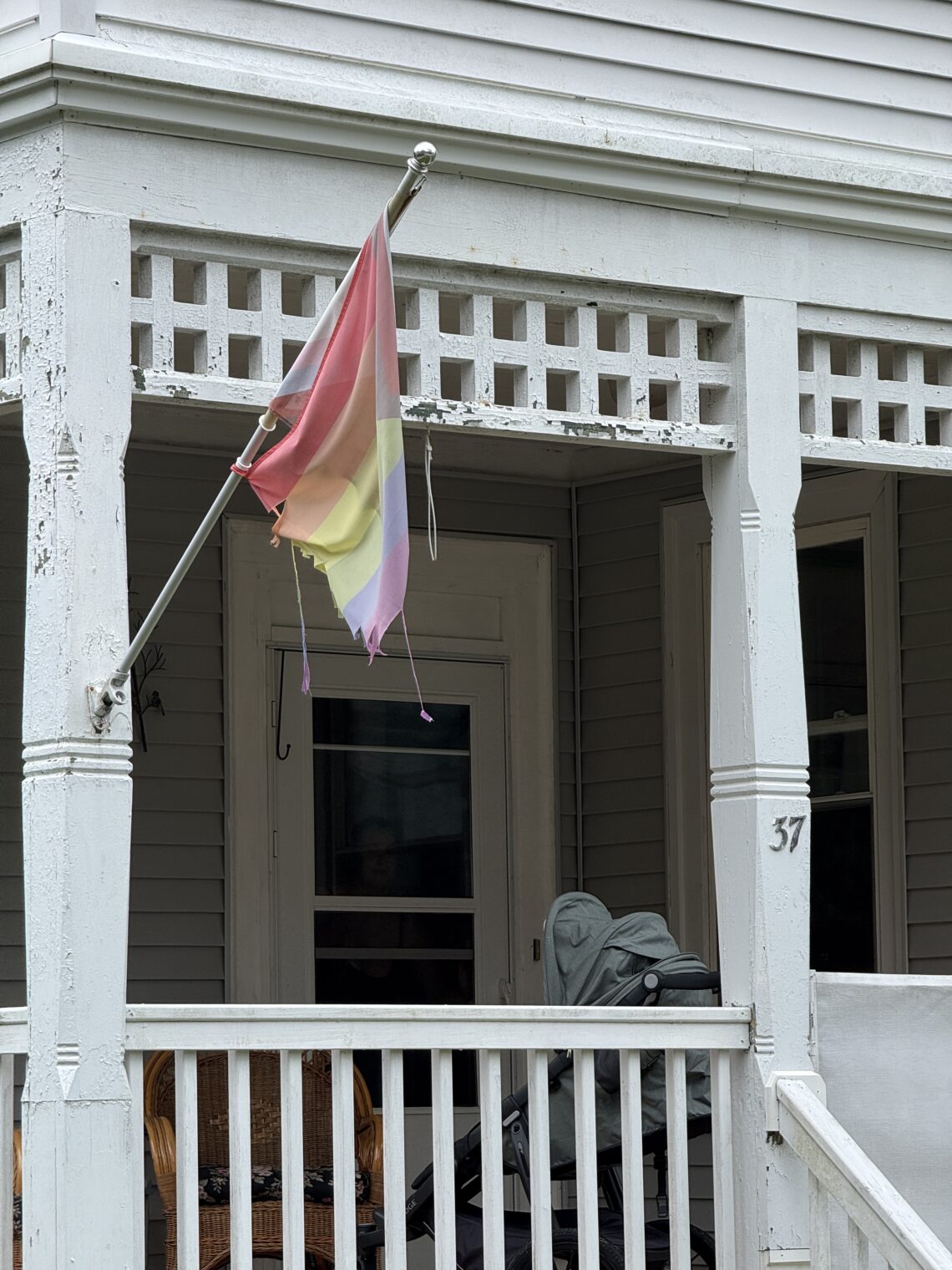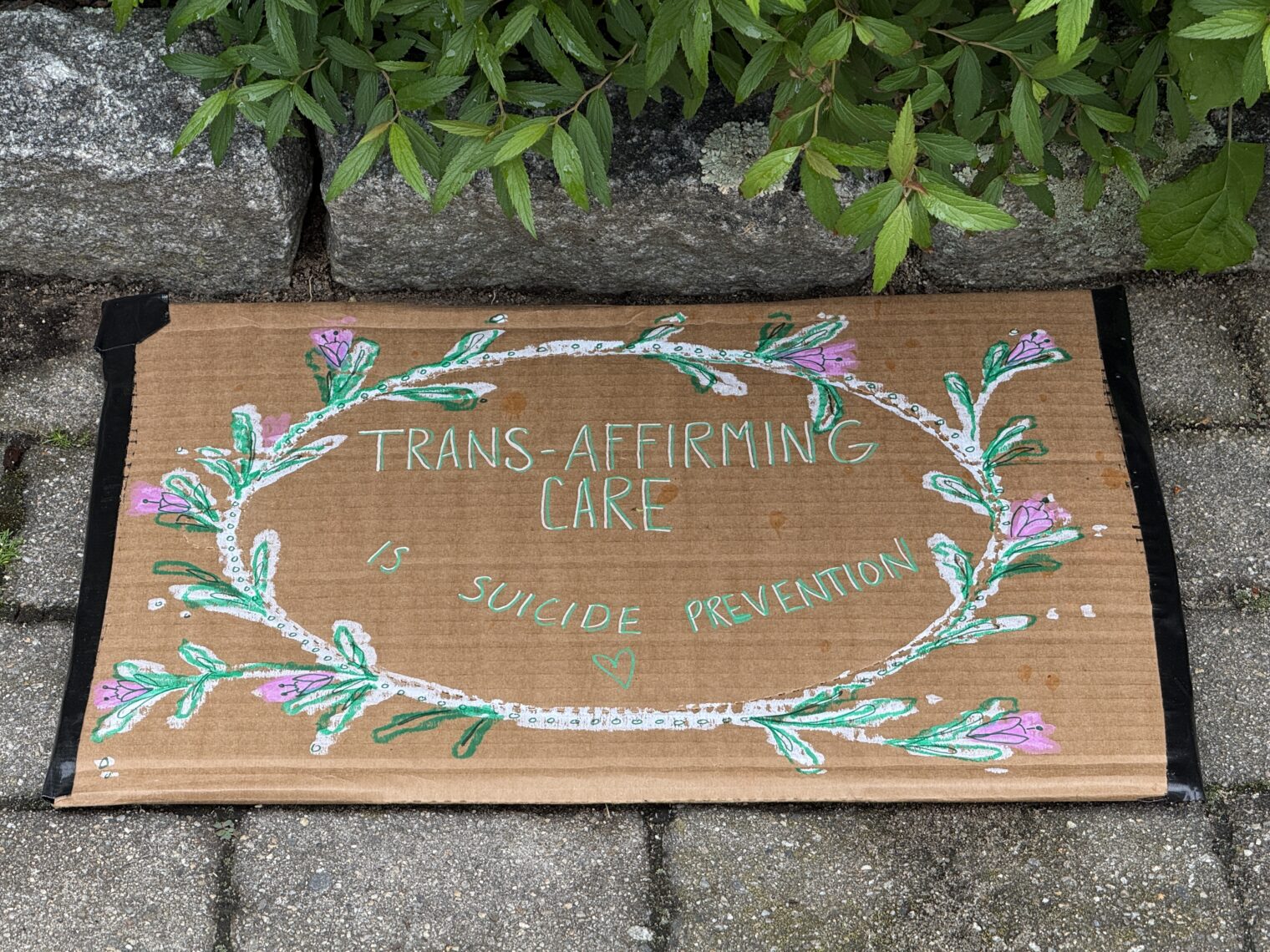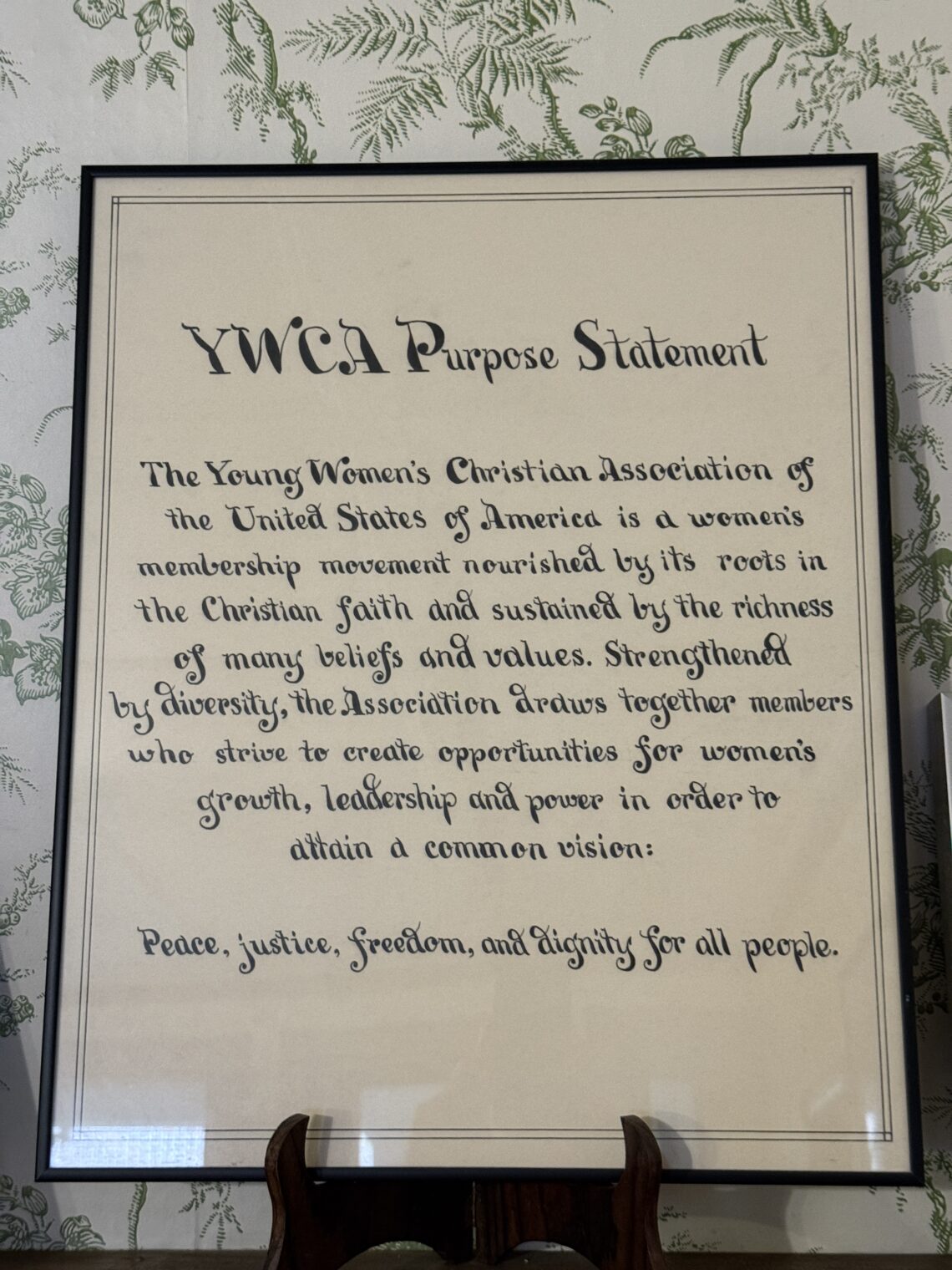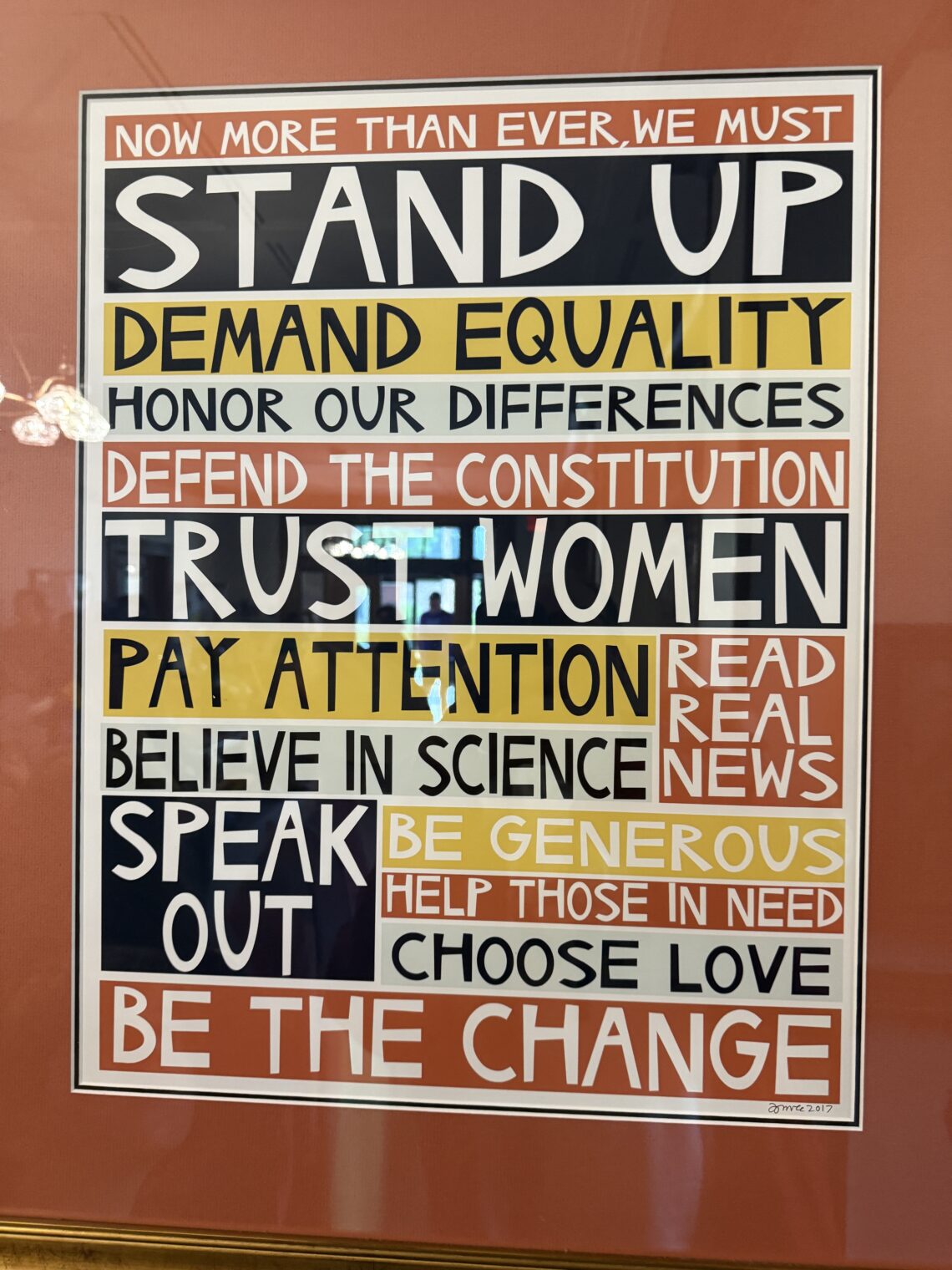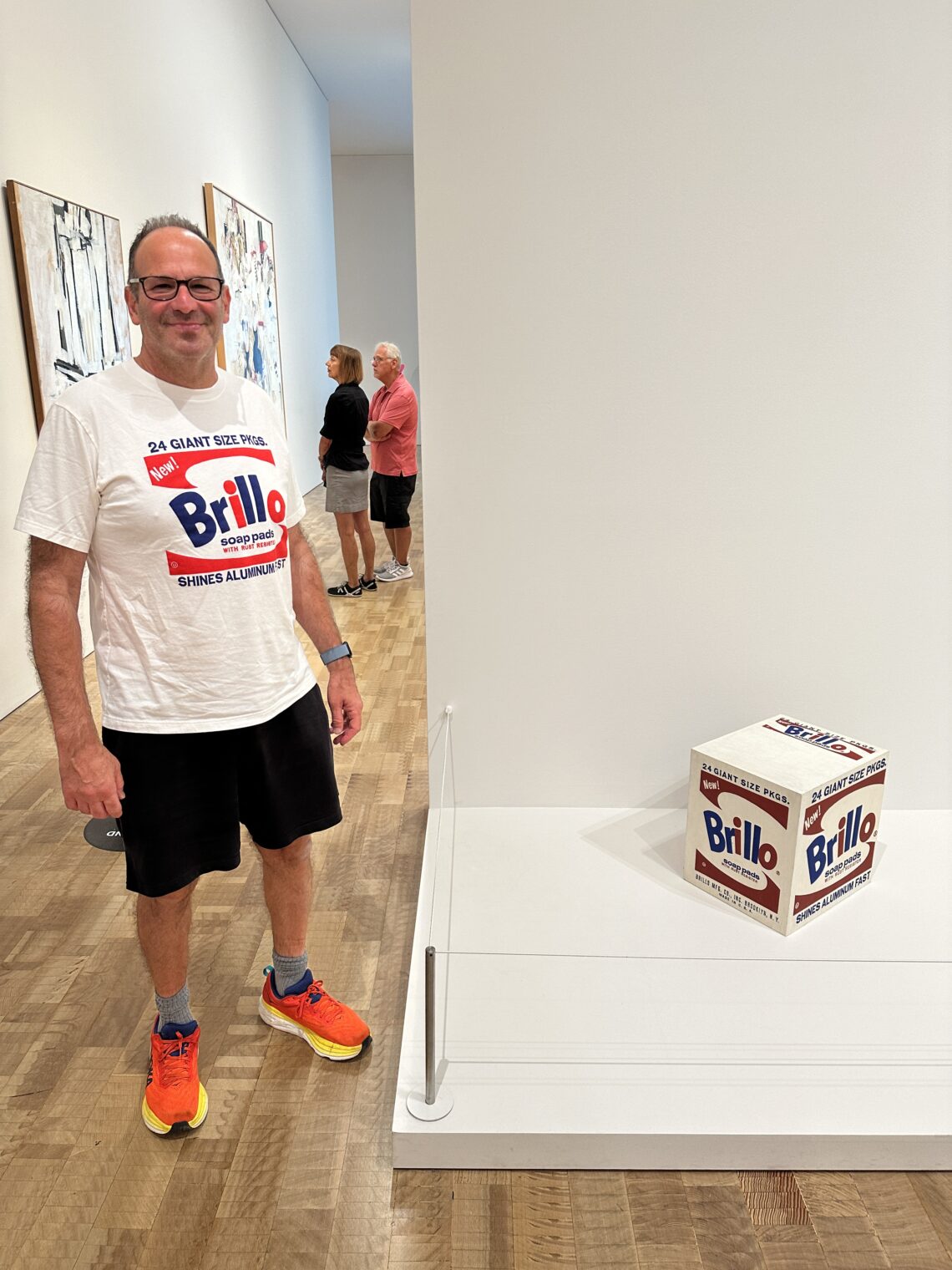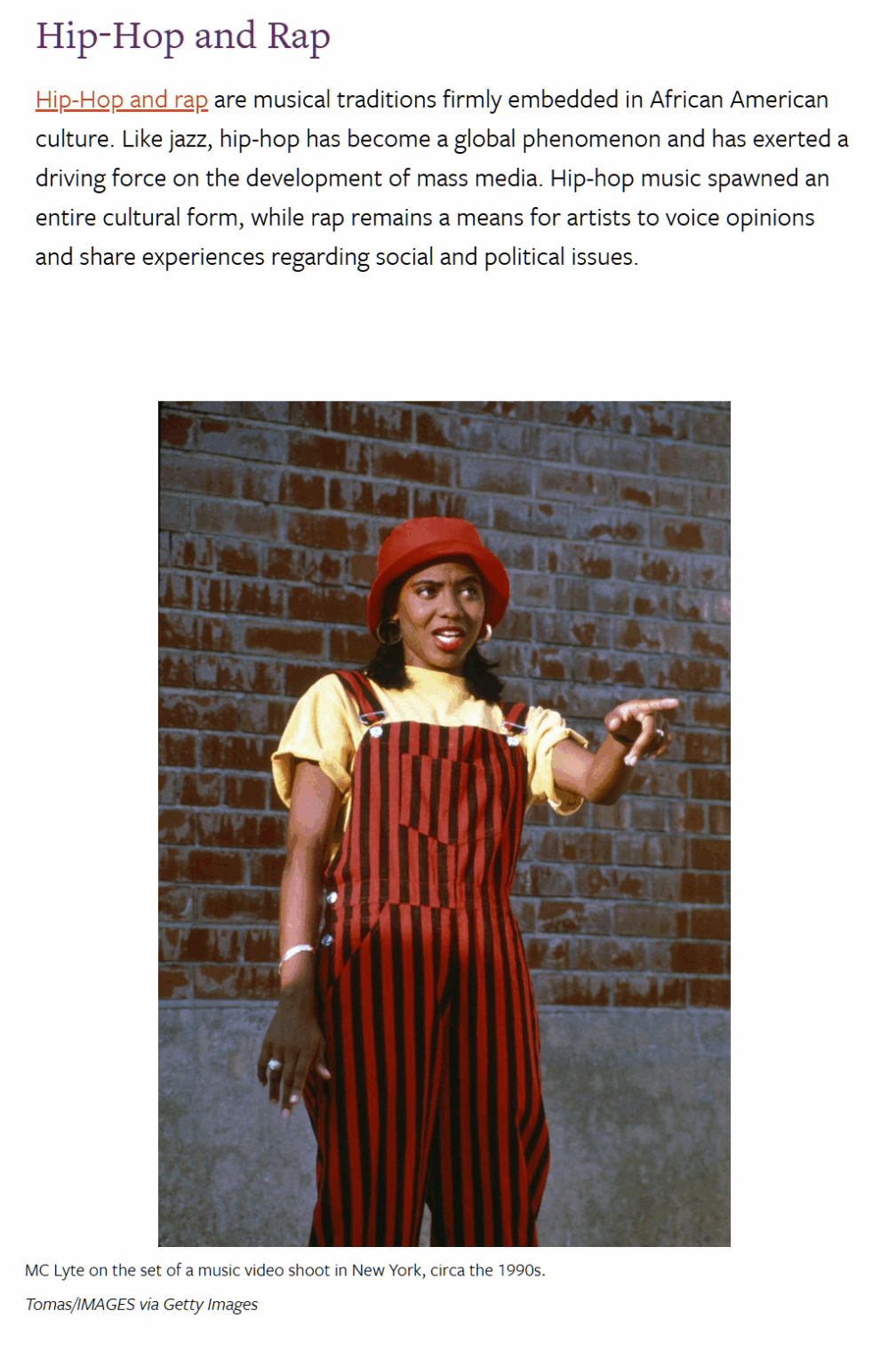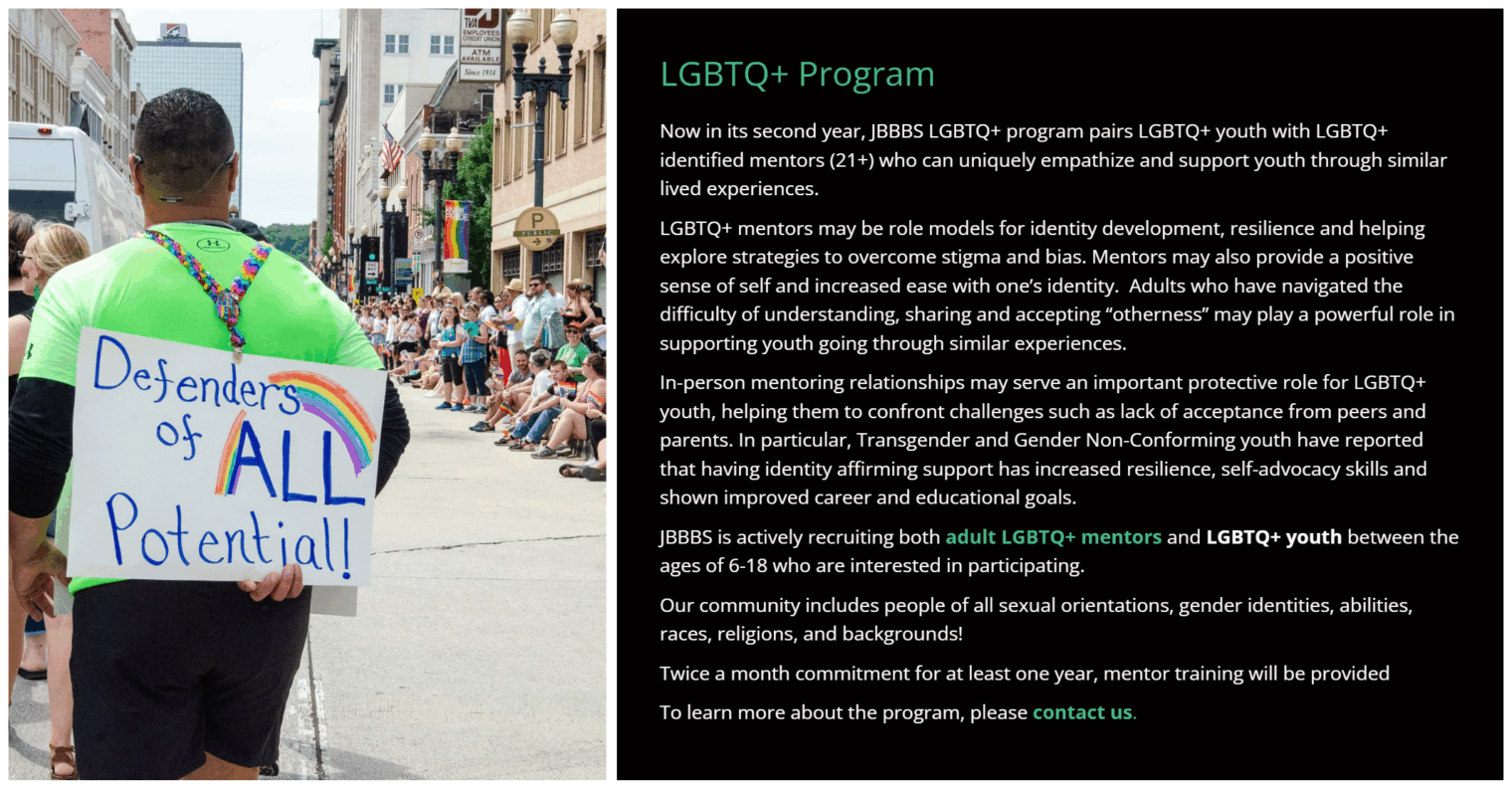Unofficial Pride in Bar Harbor, Maine
Happy Juneteenth to those who celebrate. In honor of the federal and state (in 28 states) government workers who don’t have to work today (see Juneteenth: a day off for white members of the laptop class and government workers).
On this sacred day of White Idleness let’s look some more at what folks in the whitest part of the whitest state have been up to…
Yesterday, we covered some of the official Pride celebrations in Bar Harbor, Maine for 2025, including Queers for Palestine. Today, let’s have a look at what some of the merchants did unofficially.
Before you get into Bar Harbor proper, a roadside restaurant says “everyone is family” and, also, Canine-Americans are not welcome:

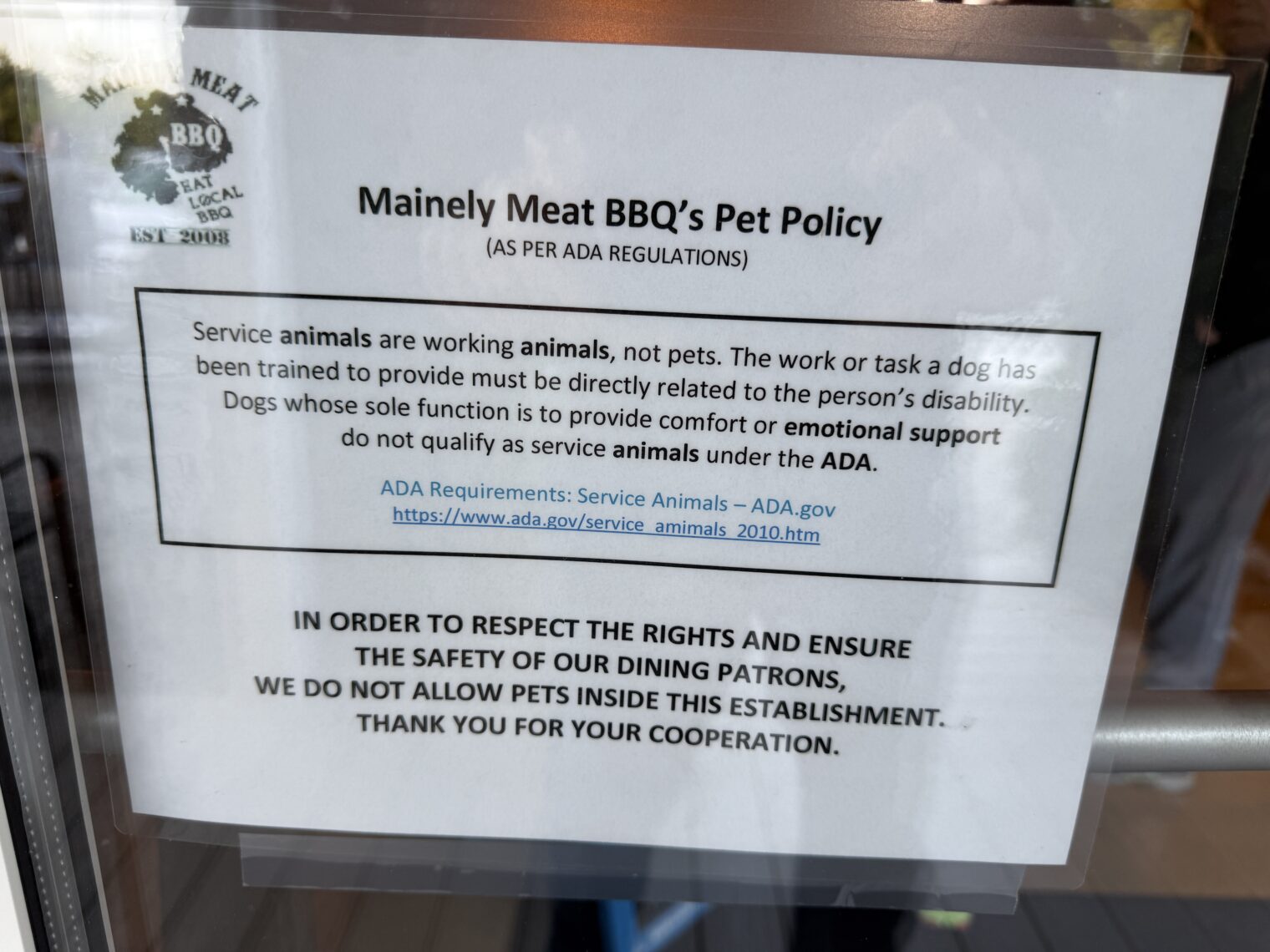
The locals worship the (non-trans-enhanced) Rainbow Flag at the “United Church of Christ”:

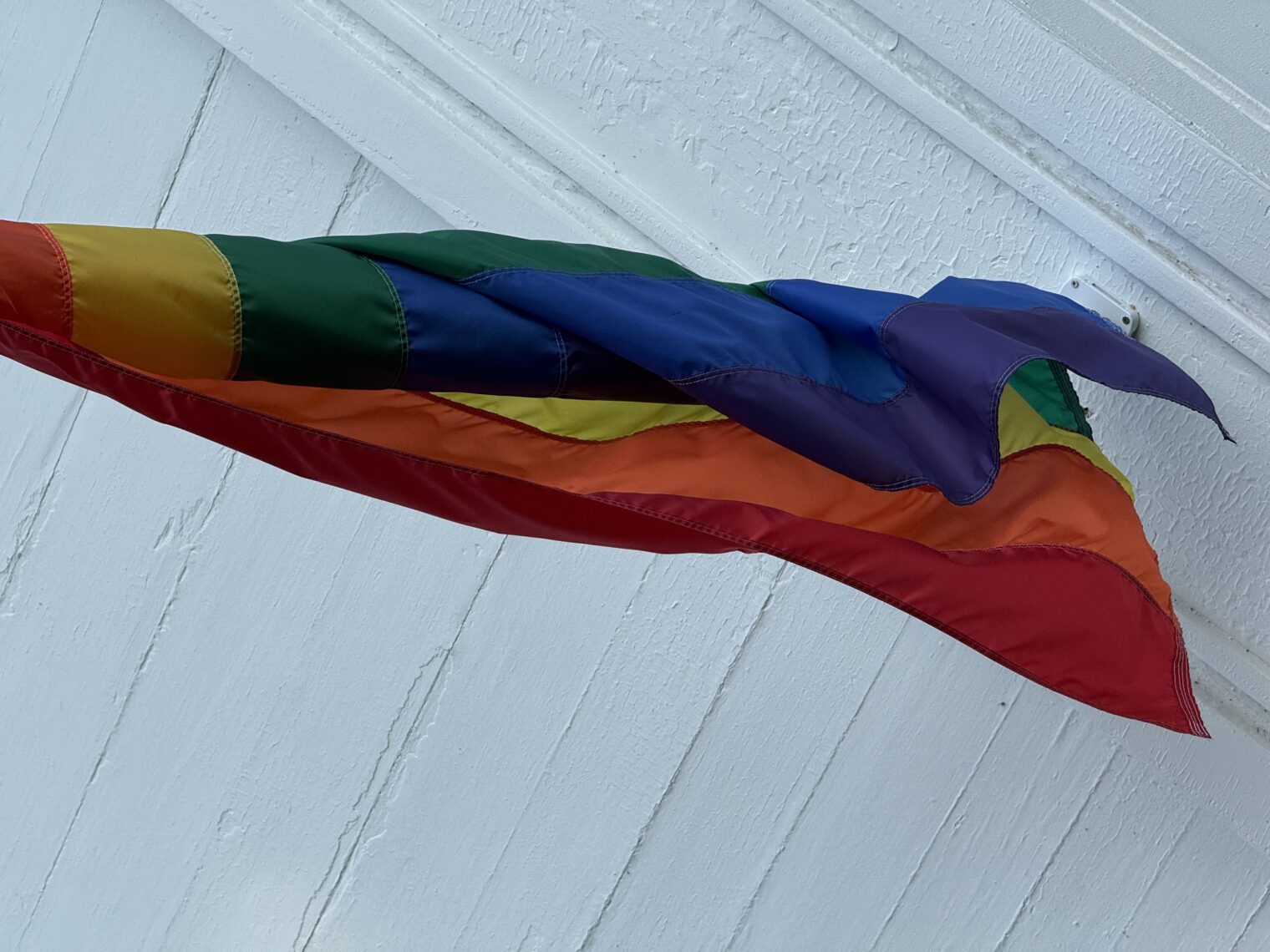

The Rainbow Flag can still be worshipped even when in tatters:
Black Lives Matter for people who’ve chosen to move to the whitest part of the whitest state:
(There are a lot of foreigners working in Bar Harbor, but they’re generally on temporary work visas and return to (Eastern) Europe when the season is over. Americans who aren’t in the workforce prefer to chillax on means-tested everything (not “welfare”) rather than make a ton of money in three months. See The Eastern European workforce of Mount Desert Island.)
Typical Bar Harbor Rainbow-first retail:
Miscellaneous stores (what does it mean when two Biden-style trans-enhanced Rainbow Flags are nestled against each other?):
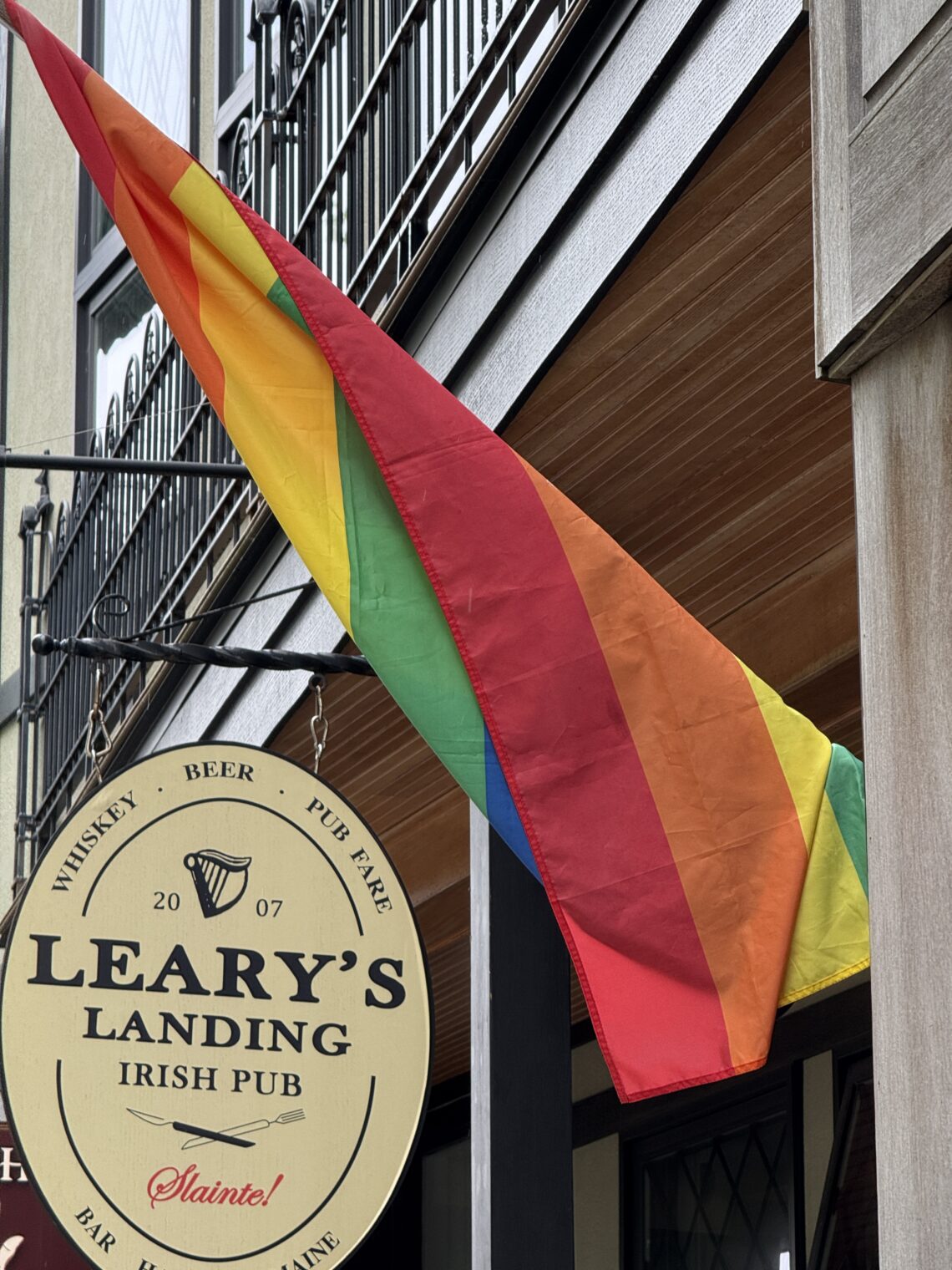



Here’s a store that combines the following: (1) mask advocacy, (2) mask retail, (3) support for Ukraine, (4) a Rainbow “coexist”, (5) transgender flag, (6) trans-enhanced Rainbow Flag, (7) Science education (“gender is not binary”):



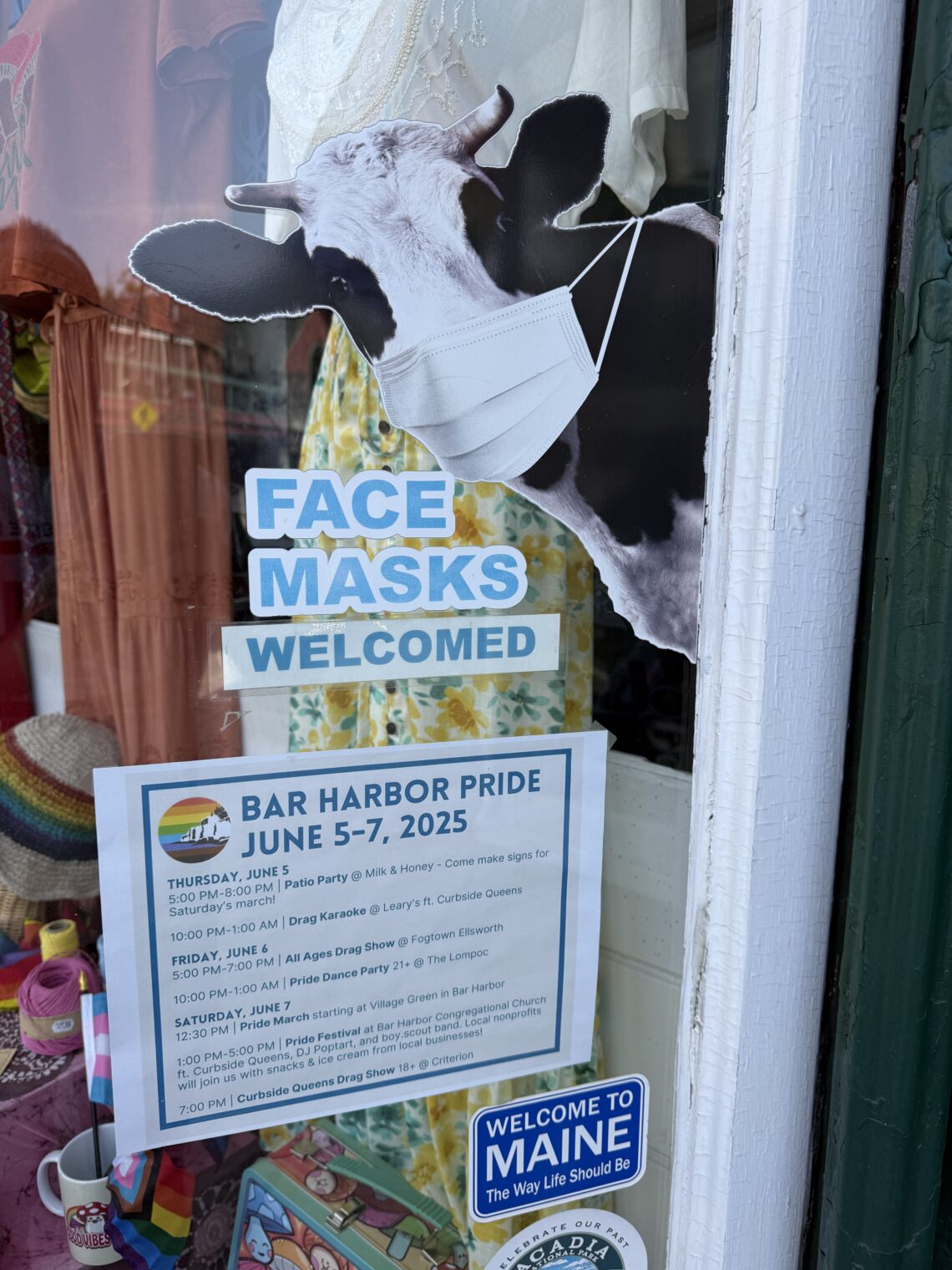


Sherman’s Books has been operating since 1886. Consistent with Why does every “independent” bookstore have the same political point of view? they devote a significant fraction of their front window space to matters 2SLGBTQQIA+.



Remember that it is a right-wing conspiracy theory that children are targeted by the 2SLGBTQQIA+ and also that they should keep a copy of The Young Readers’ LGBTQIA+ Dictionary of Lingo and Colloquial Phrases handy.

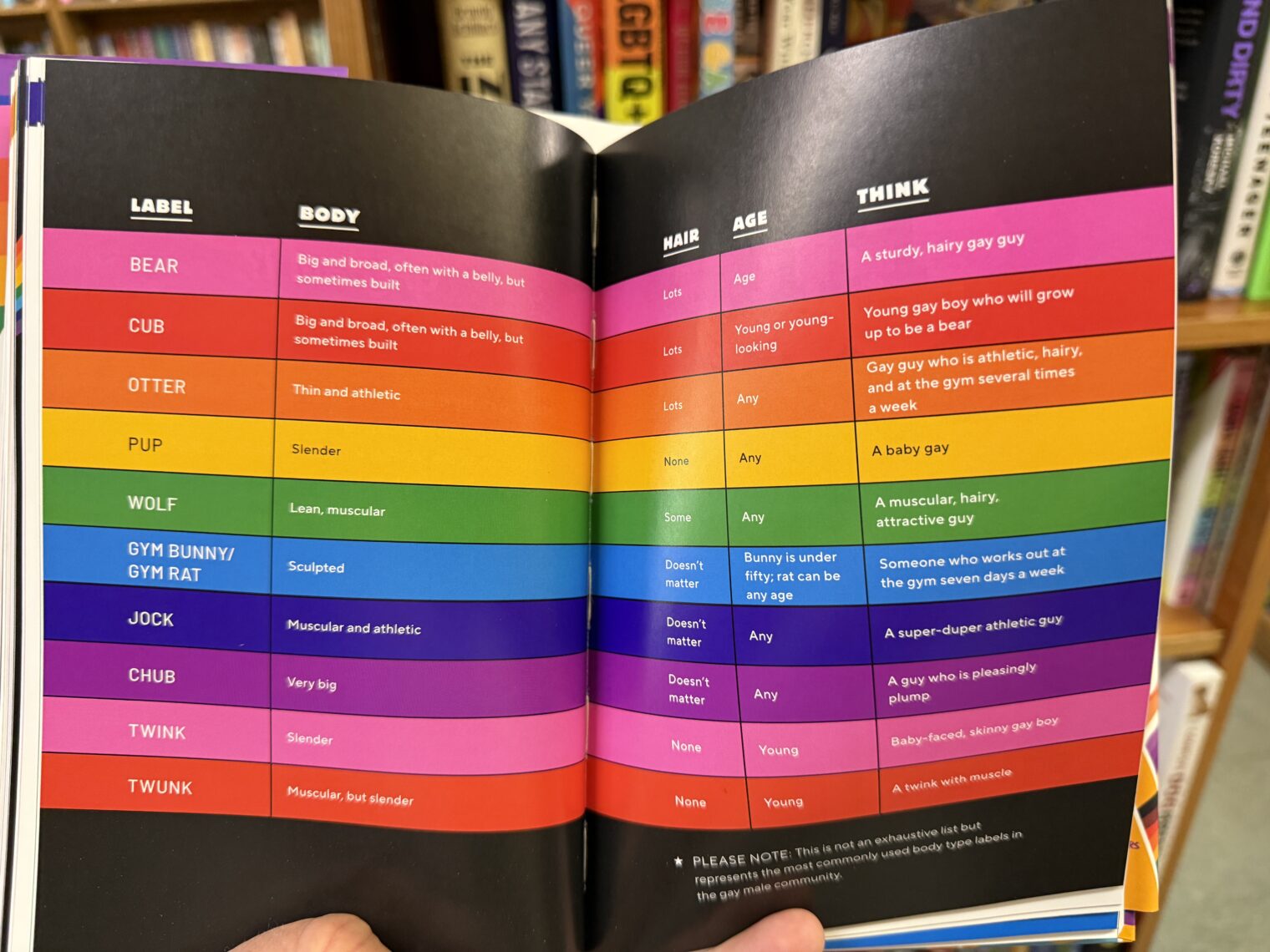
Some #Science:






If you’re old enough to pay with cash (or know what cash is) you’re old enough to donate the change to Bar Harbor Pride:
The news today wasn’t all good…
Full post, including commentsMr. Trump, who has often used holidays as an occasion to advance his political causes and insult critics and opponents on social media, chose the occasion of Juneteenth instead to float the idea of reducing the number of federal holidays, claiming that they are costing businesses billions of dollars. While most federal employees get those holidays off, private businesses have the choice to close or remain open.
The lack of revelry at the White House for a holiday that has been cherished by generations of Black Americans was perhaps not a surprise. Since returning to office, Mr. Trump has moved to purge the federal government of diversity, equity and inclusion initiatives and sanitize — or even erase — references to Black history.
